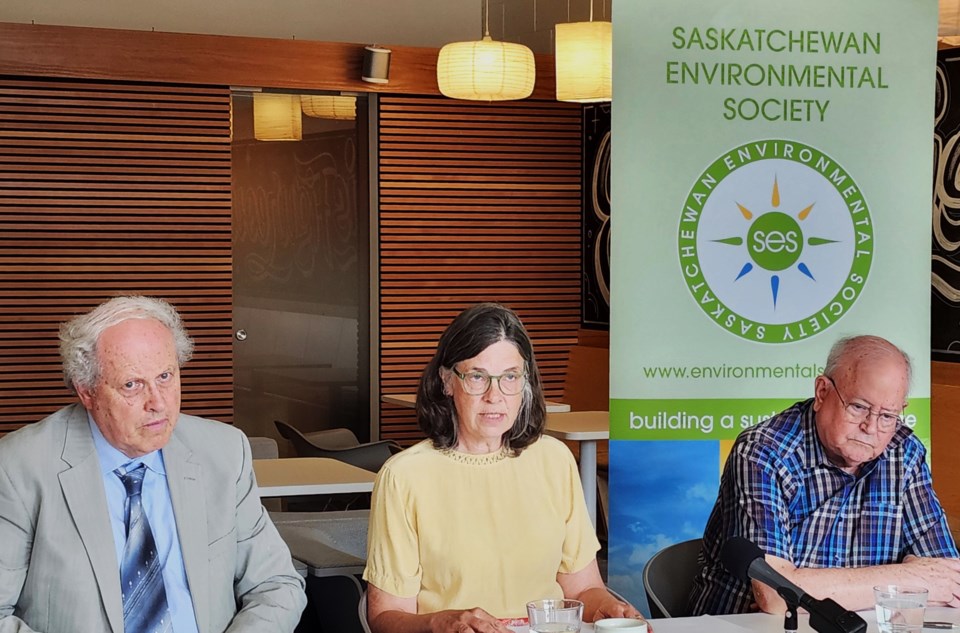SASKATOON — Saskatchewan Environmental Society Board Director Peter Prebble said satellite technology can help non-profit organizations like theirs collect data to inform the government and the public about the ongoing changes in the climate.
A new satellite system will be launched next year to aid climate scientists in collecting data and other information on methane gas emissions worldwide. Prebble said the satellite has just been developed and will be operational in 2025.
“It will be able to monitor methane emissions in the oil and gas sector worldwide. We should use that satellite system to assess our methane emissions in Saskatchewan and then reduce them by 75 per cent,” said Prebble.
“This is a combined effort between environmental organizations and [various] governments. It will be a global satellite that tracks the world regularly. It will go around the world periodically to track methane emissions from the oil and gas sector,” he added.
He said their organization hopes the Saskatchewan provincial government will reverse its forestry and oil and gas expansion plans and set a new course reflecting our climate emergency.
“It will be able to identify those emissions accurately, pinpoint precisely where they're coming from and make the data publicly available. It will be helpful. As I recall, the New Zealand government has been involved in this.”
SES Vice President R.A. "Bob" Halliday added that the satellite is in commissioning and could detect methane and even gas leaks from Russian pipelines in the Canadian Arctic and track its source.
“Similarly, industrial plants in Saskatchewan will have their methane production tracked by the satellite. Scientists are ensuring everything works and it won't start collecting data for several months,” said Halliday.
But once that's in place, it should rest the argument about whether Saskatchewan is producing X amount of methane compared to the federal number, which is four or five times larger. It will point to where the methane is coming from.”
Halliday said that data collected by the satellite is an opportunity to reduce the argument over methane and lead to corrective measures committed by companies, industries, or individuals that contribute to the climate crisis.
The United Nations Environment Program identified agriculture as the leading contributor of methane gas, along with electricity generation, oil and gas, and transportation industries. Cattle produce methane gas, and Saskatchewan has many dairy farmers and ranchers.
SES said the climate impact goes beyond rising temperatures, as last year, a forested area in Saskatchewan that was five times the size of Prince Albert National Park burned. Over 200,000 people were forced to evacuate their homes due to forest fires.
The province’s farming industry has also felt the effects of climate change since, in the last three years, the Saskatchewan Crop Insurance Corporation provided over $6 billion in claims and benefits to producers.
In 2023, water flow in the Saskatchewan River was near record lows in over 100 years, which became a challenge for irrigation in the province and neighbouring Alberta.


